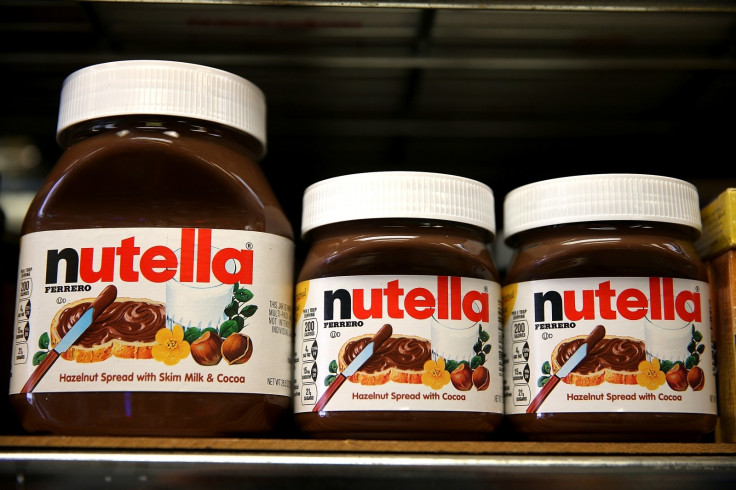Why Hitler and Napoleon are partly to blame for your addiction to Nutella
Nutella has upset some fans by changing its recipe - but how did we fall in love with the hazelnut spread?

Ferrero, the maker of Nutella, has caused a stir by quietly changing the recipe of their chocolatey, hazelnut spread to include more sugar and powdered skimmed milk.
A German consumer group spotted that the sugar content had climbed from 55.9% to 56.3% and the amount of powdered skimmed milk had increased from 7.5% to 8.7%. Ferrero has now confirmed that this is indeed true.
Even though the recipe has barely changed, the decision sparked a flurry of panicked tweets from Nutella fans, highlighting just how popular the hazelnut spread is.
Aside from the fact that it is objectively delicious and anyone who claims otherwise is simply wrong, how did what is essentially ground up nuts and cocoa garner such a devoted fan base?
Napoleon and Hitler - two men who aren't often associated with confectionery - both have a part to play.
The story starts in the early 1800s with a chocolate paste called gianduia in the city of Turin. As the Napoleonic wars neared their end, France and Britain imposed a series of trade blockades on each other. Among them was the Continental System, which saw Napoleon cutting off imports and exports to Britain. But as Britain was a major player in the flow of cacao between Mesoamerica and Europe, this hit the celebrated chocolatiers of Turin.
Some suggest that to deal with their subsequent lack of cacao, chocolatiers added hazelnuts to their gianduia and saved their industry. Huzzah!
But although that's a romantic image, it doesn't stand up to scrutiny. As the cacao press wasn't invented until 1828, over a decade after the Napoleonic wars ended, it's unlikely that chocolate makers had the capabilities to efficiently grind the hazelnuts into a fine powder.
What is more likely, Ken Albala, a history and food director of the food studies program at the University of the Pacific in California, told the SeriousEats food website, is that gianduia originated in France. When the Napoleonic influence reached the Kingdom of Savoy – which existed until 1860 and included Turin – the paste was gradually adopted and adapted by the city's chocolate manufacturers.
Fast forward to the Second World War. Food rations meant that chocolate was a luxury, and pastry chef Pietro Ferrero became obsessed with combining the perfect amount of hazelnuts and cocoa into a spread, his grandson recently told BBC News. By 1946, he had created Giandujot, a hard slab of hazelnut chocolate, which later became spreadable Supercrema. This helped to turn chocolate into a luxury item eaten on special occasions to something that could be enjoyed more often on bread. In 1964 Michele Ferrero, his son, added palm oil and renamed it Nutella.
Now, one jar of the stuff is sold every two and a half seconds and enough Nutella is produced each year to circle the world 1.8 times.
And that is how Hitler and Napoleon helped us become addicted to Nutella.






















